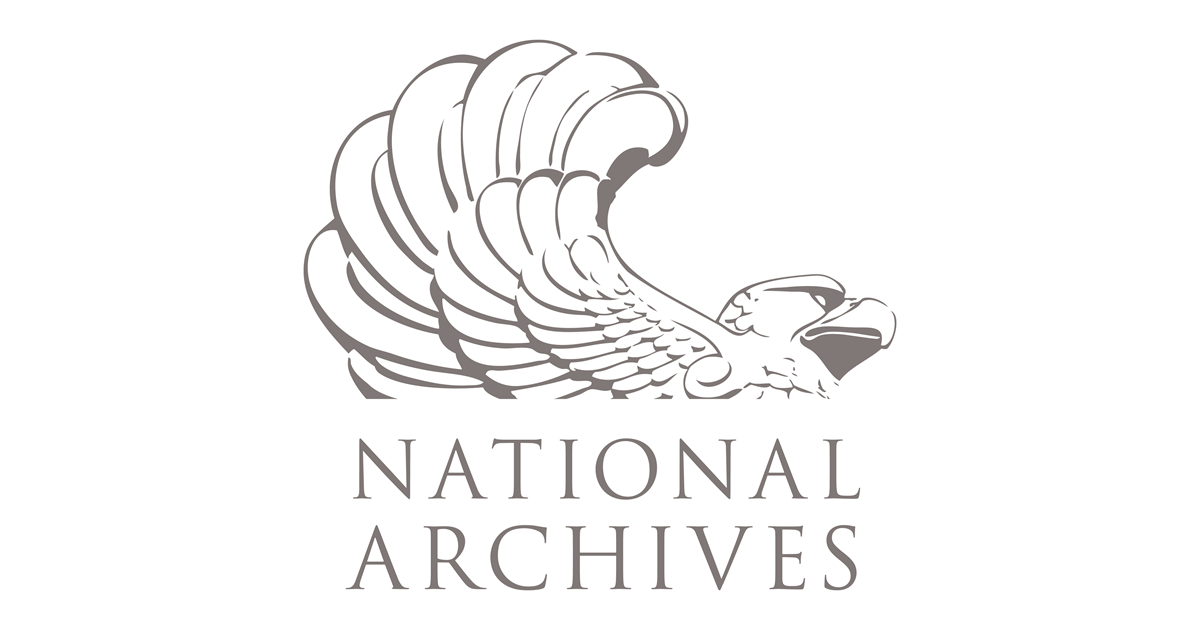0
0Scarlett_nidiyilii
Guest
My grand-dad’s CO was Jimmy Stewart.
My dad also enlisted after Pearl Harbor. His older brother who was considered the brains of the family decided to enlist, so of course my dad had to tag along and do whatever his brother did. They figured a draft was coming, and it was better to enlist early and pick your service branch. They both chose the Navy. Dad got assigned to the medical corps because he had a high school diploma. His brother ended up part of a flight crew on Torpedo Squadron 8 that was filmed by John Ford and then all killed at Midway except for one pilot. Dad’s brother got the Distinguished Flying Cross posthumously. Dad ended up as a sole surviving son.Dad served in India. He used to say proudly, “I enlisted! ,” meaning he didn’t wait around to be drafted when the war broke out. If you enlisted you could choose your branch of the service if they had a place for you
Much respect. It’s been so long since we’ve fought a peer that we forget how costly it is.His brother ended up part of a flight crew on Torpedo Squadron 8 that was filmed by John Ford and then all killed at Midway except for one pilot. Dad’s brother got the Distinguished Flying Cross posthumously.

The rules used to be so much more lax. War trophies are the best.My father-in-law took the pistol from him and kept it for posterity, sending it back to the states in the mail to a sister for safekeeping.
I am not for sure that rosary is completely original. My understanding of all US issued service rosaries is that the center piece was always the same. One side should have an image of Mary, the other side has an image of Jesus carrying the cross. From what I can tell, the crucifixes apparently varied when they were issued. It should be in the range of 16-17 inches long. Yours looks like it might be a silver plated version. The rosaries were typically made of “gunmetal”, and distributed through army chaplains. However, the government did make silver plated ones specifically for chaplains. Yours looks a shiney enough to be silver, if it is not, I would be skeptical if it is authentic at all. The wire connector between the pull chain beads and centerpiece/crucifix should be a solid soldered ring, that is another question mark about the rosary you picture.photos
